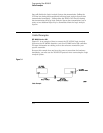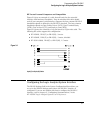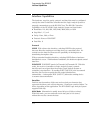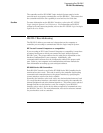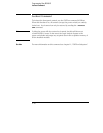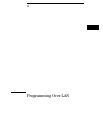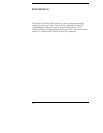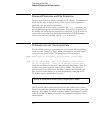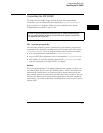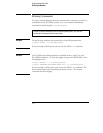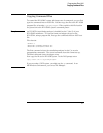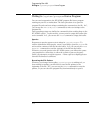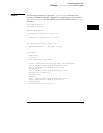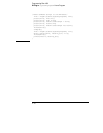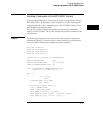
Password Protection and File Protection
There is no protection or security built into the HP 16500C. If you attempt to
connect to the logic analysis system via FTP, and you are prompted for a
password, leave the password field blank.
The operating system files, which are stored in the
\system directory, are
also not protected against accidental deletion. If these files are deleted, the
HP 16500C will not operate the next time it is rebooted. If you do delete any
of these files, copy them from the flexible disks labeled "16500 Operating
System" back onto the hard disk, into the
\system directory.
Permission Levels: Control and Data
The HP 16500C system can be mounted on your network with two different
levels of access, "control" or "data." When you mount the HP 16500 system,
you specify the type of access. The general syntax for mounting is:
UNIX
mount [host or IP address]:/[control|data] /[drive name]
DOS net use [drive name] [host or IP address]:/[control|data]
net use [drive name] \\[host or IP address]\[control|data]
There are two differences between control and data permissions. First, the
control level provides read and write access to all files. The data level
provides write access only for the disk drives, and read access for all other
files. Second, control allows you to send programming commands to the
HP 16500C system, and data level does not.
You must be connected as the control user to program the HP 16500C.
The HP 16500C will accommodate one data and one control user at a time.
There can be only one control user at any time through any of the connection
methods – NFS mount, ftp, telnet, or using a socket. For example, if you ftp
to the HP 16500C as control, no one else can program it through any of the
other methods.
Programming Over LAN
Password Protection and File Protection
4–4



